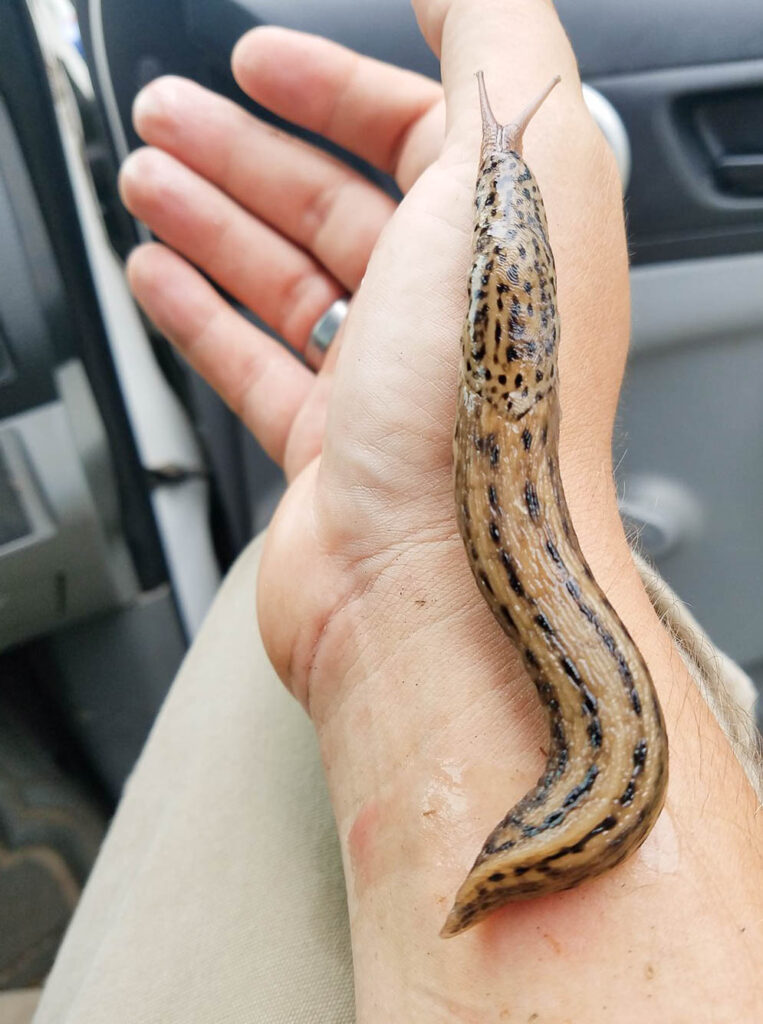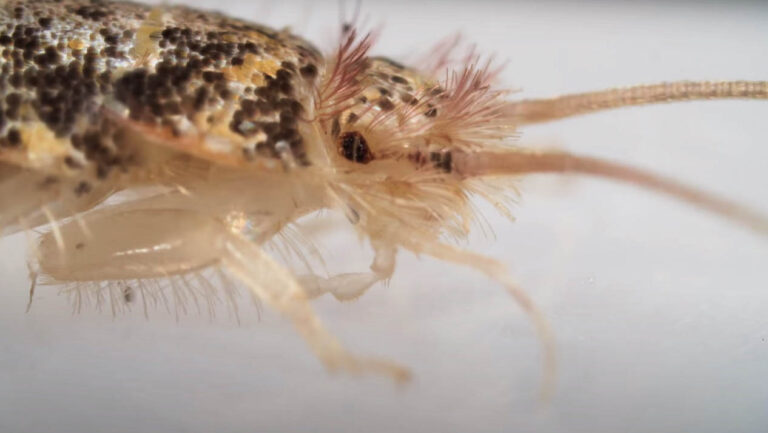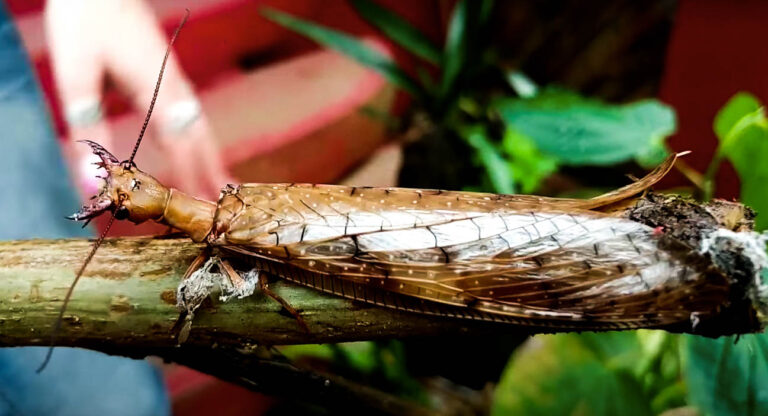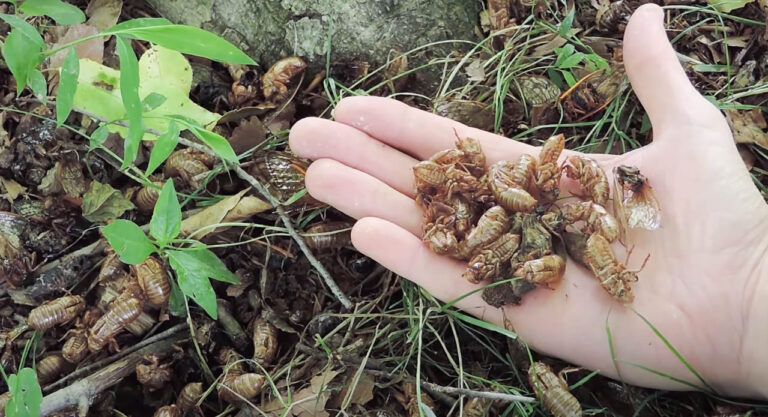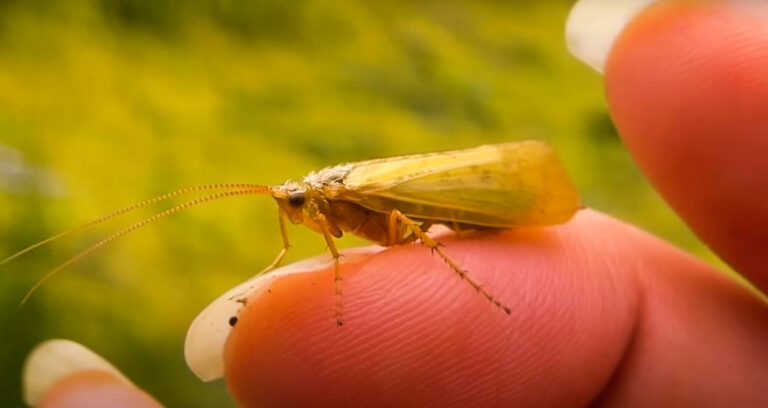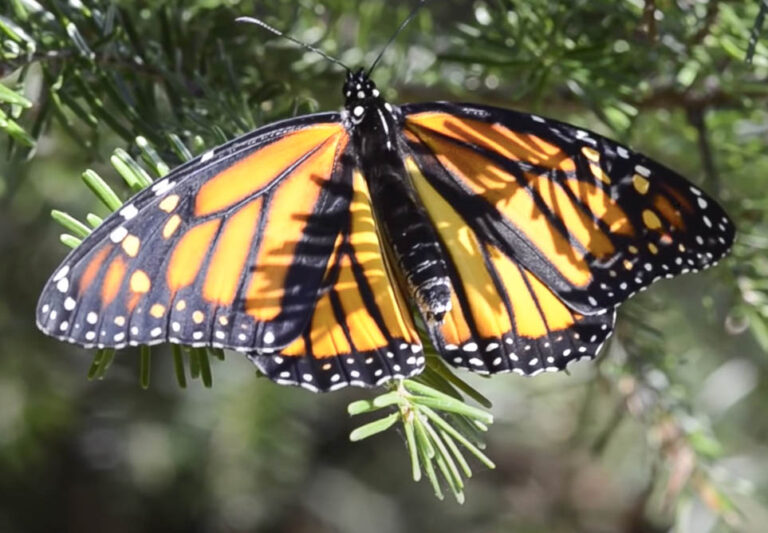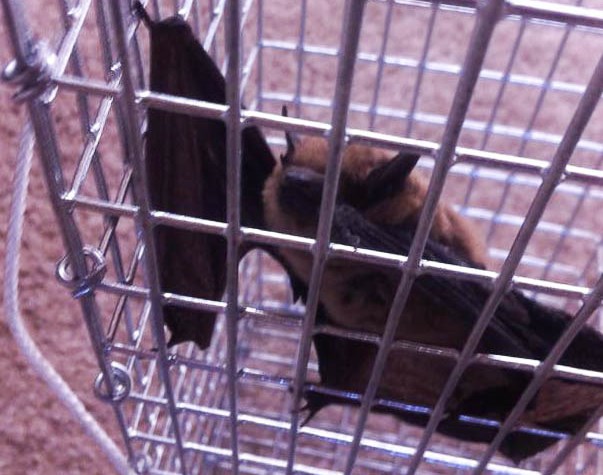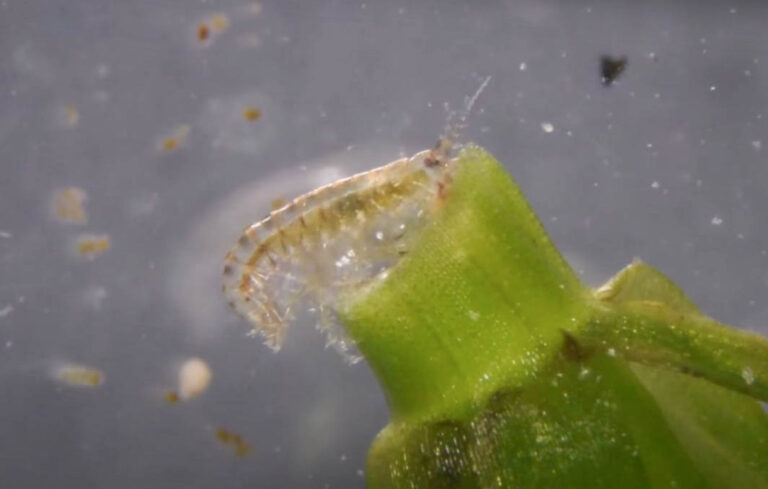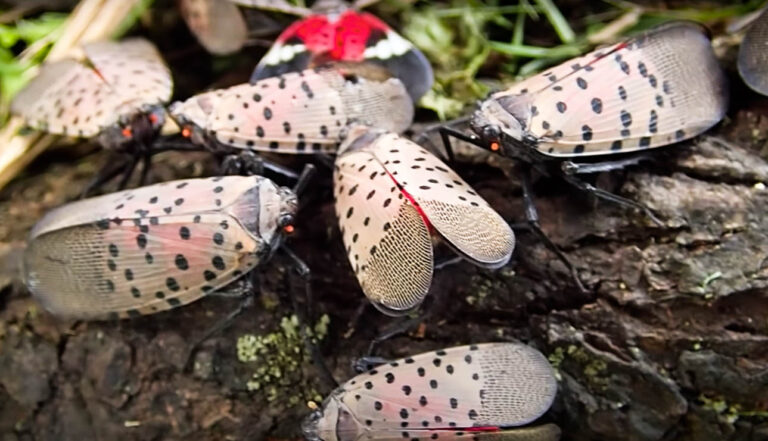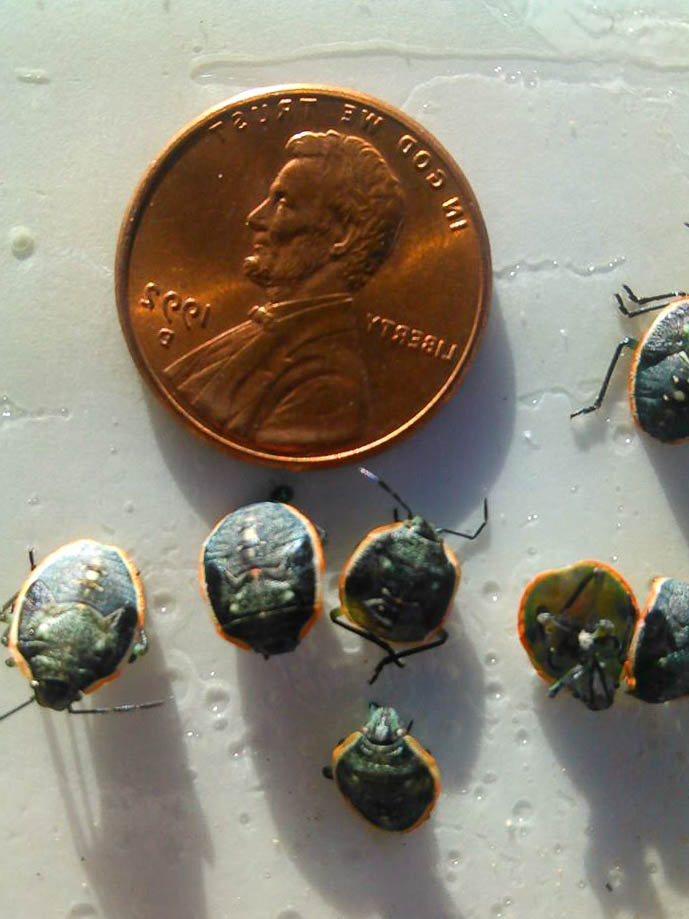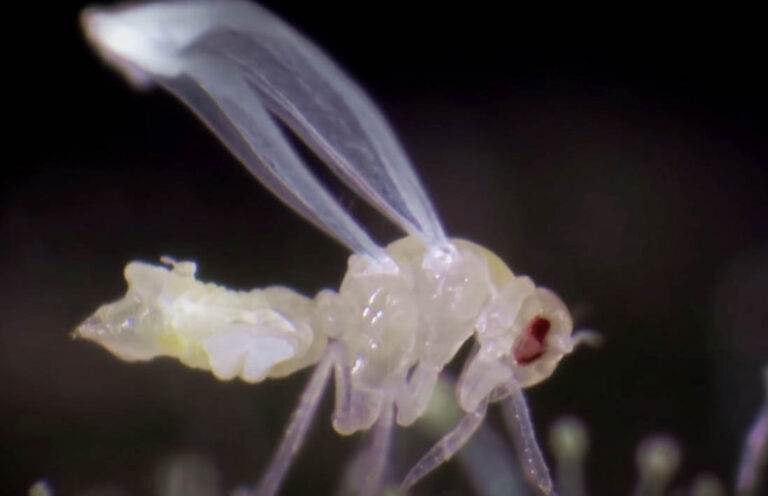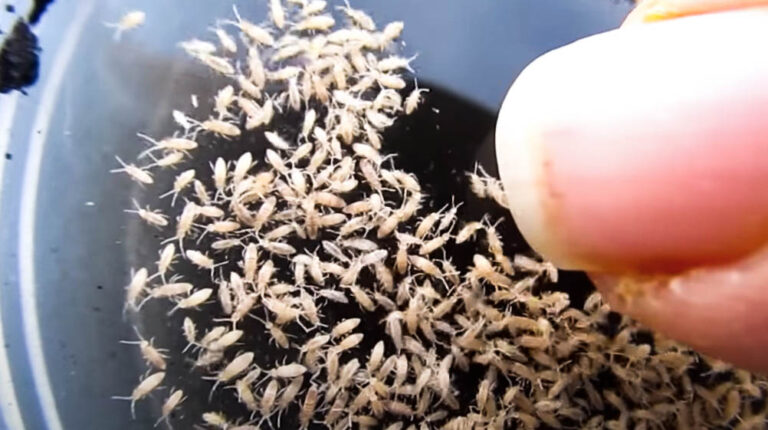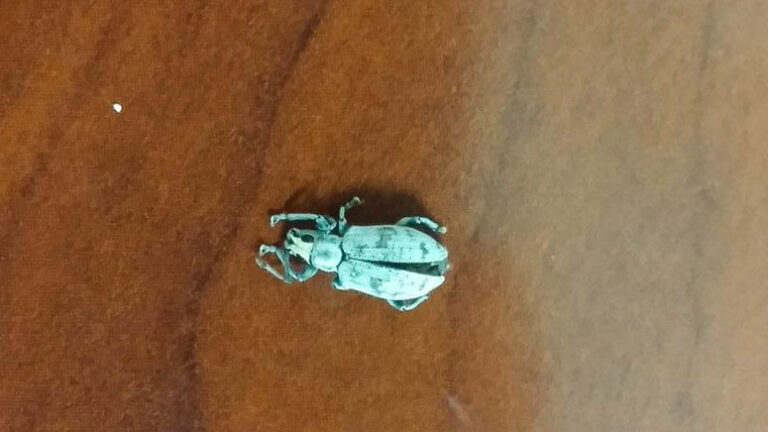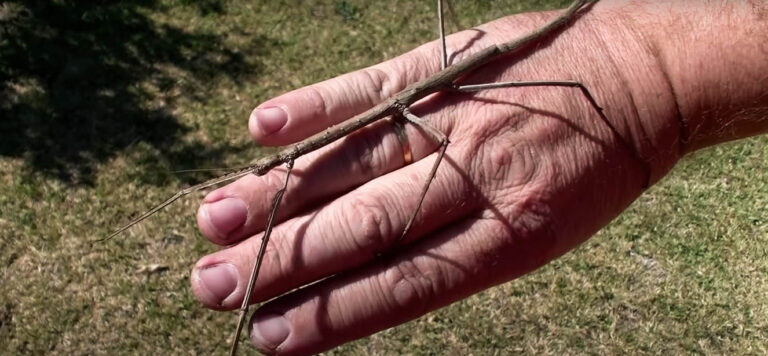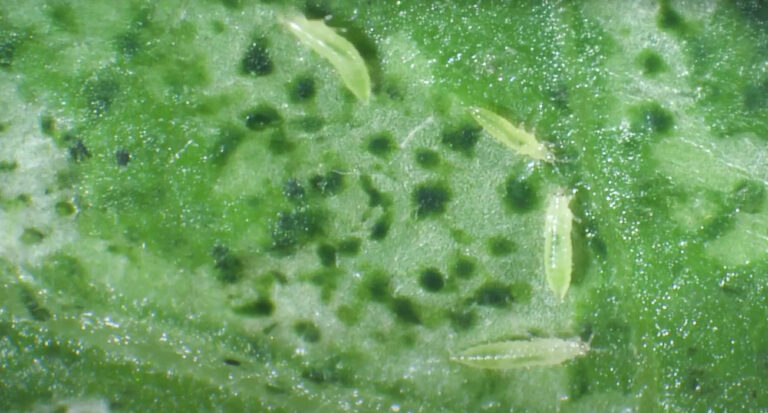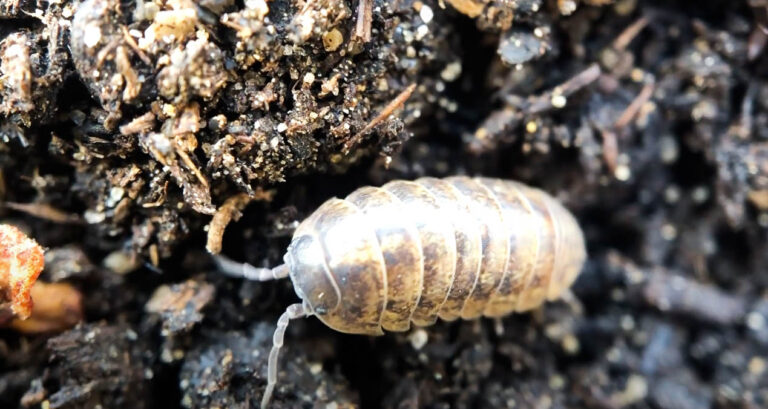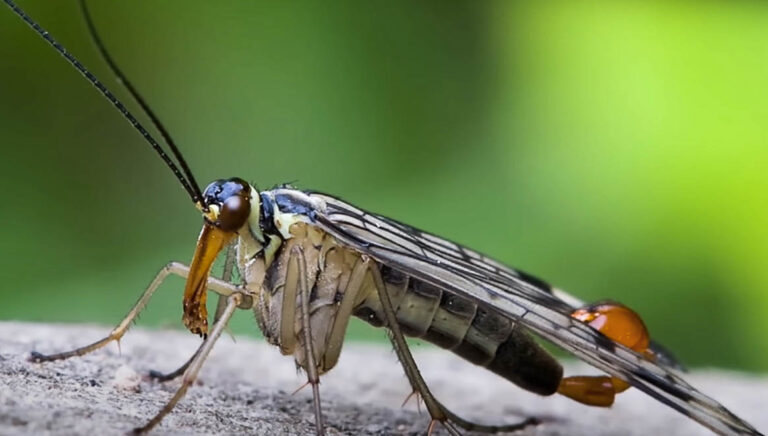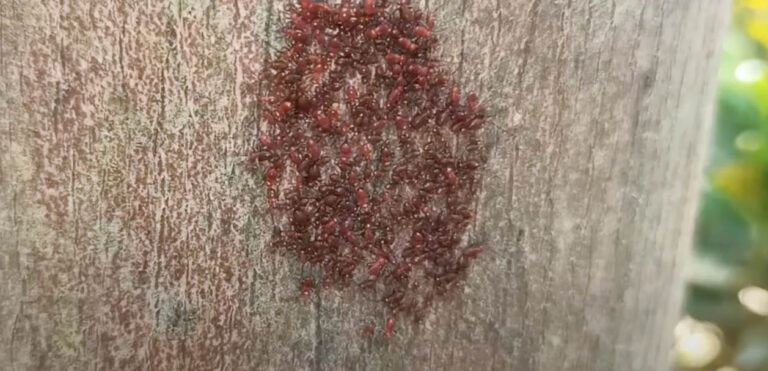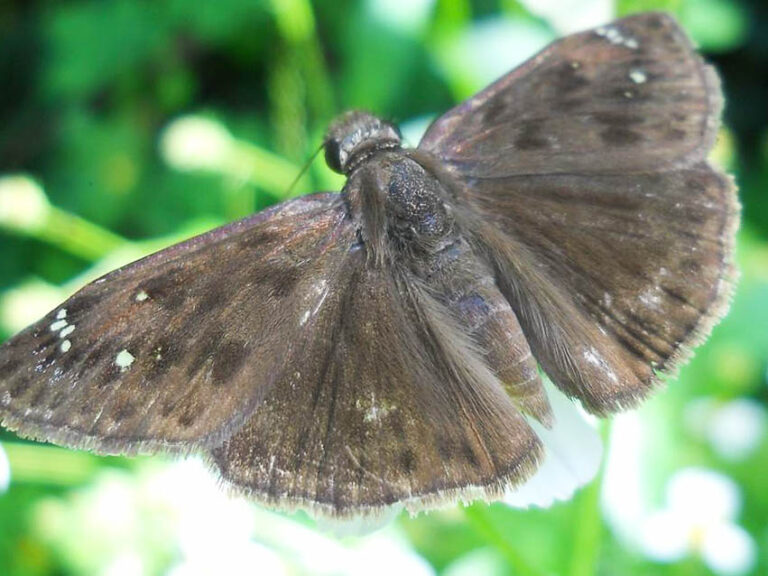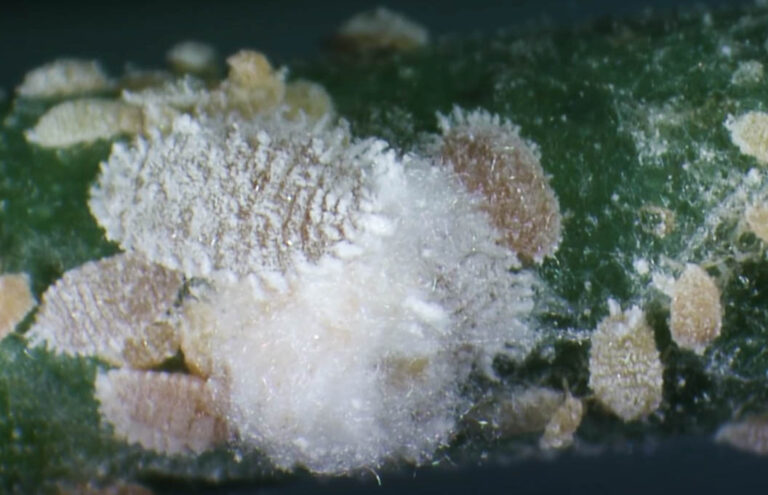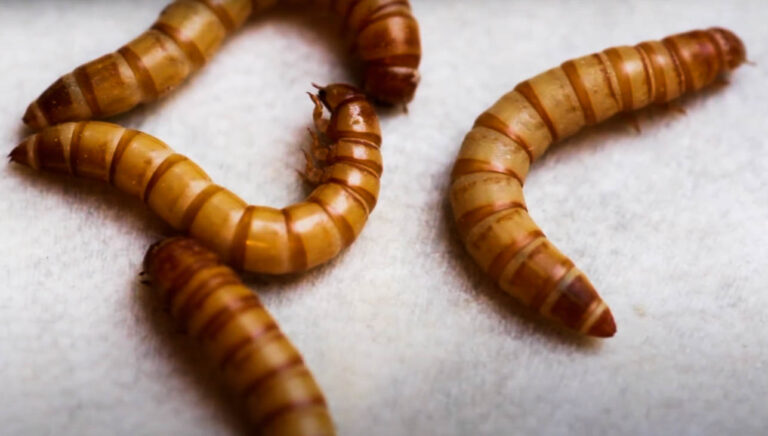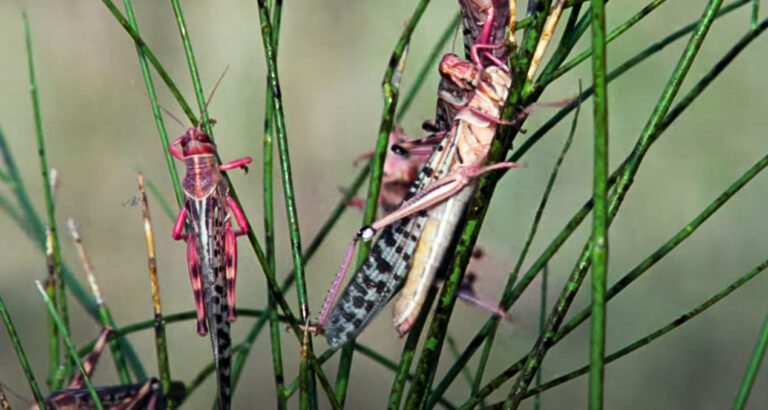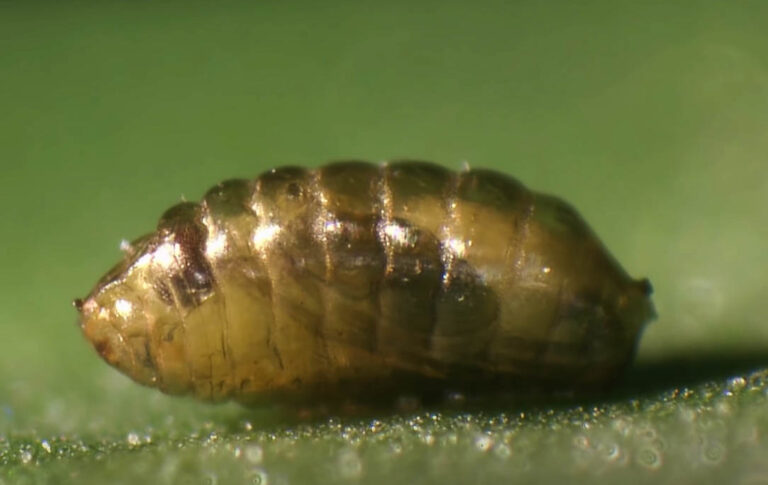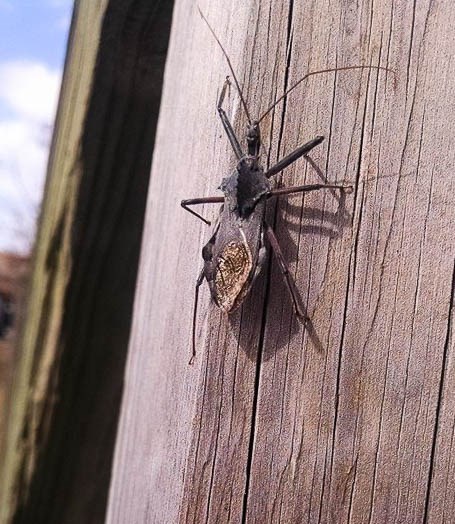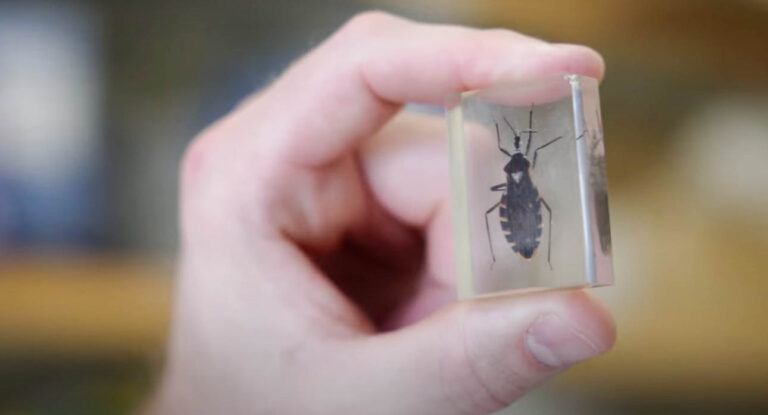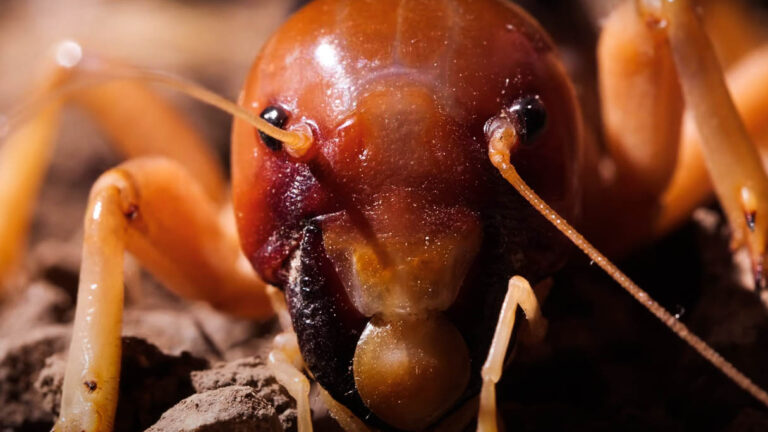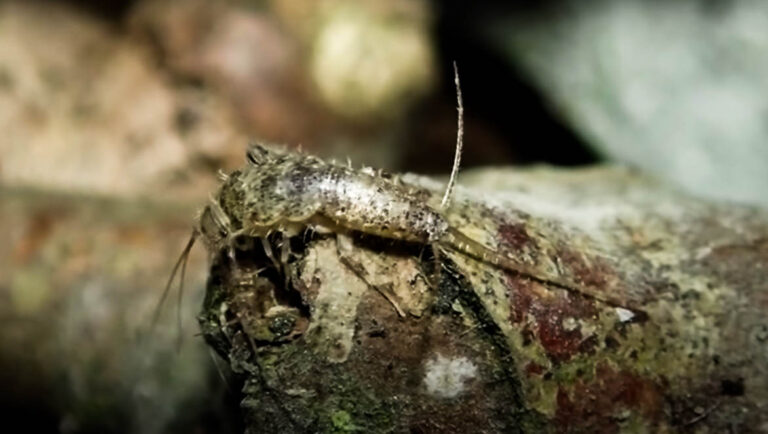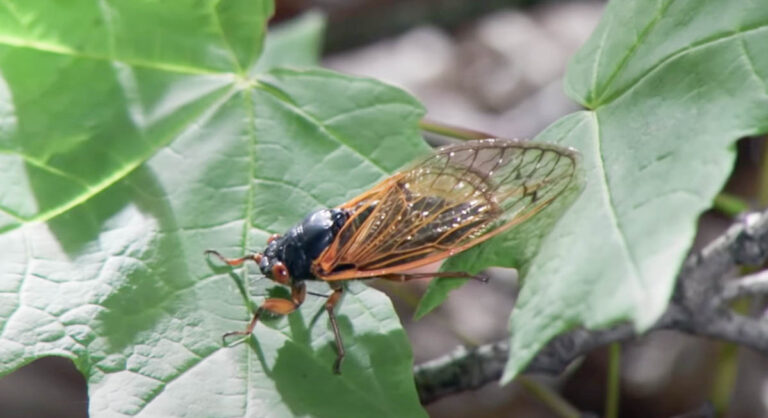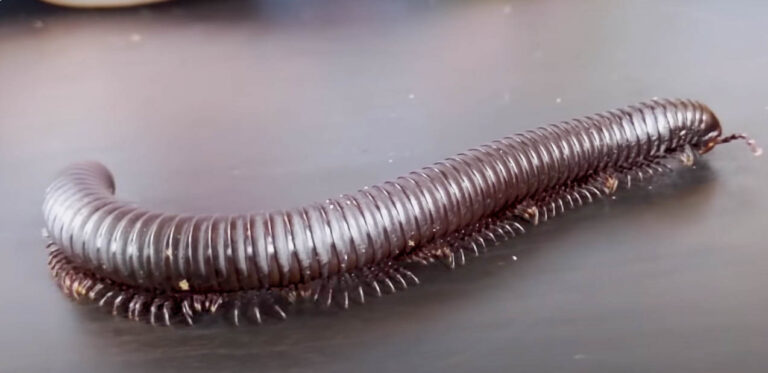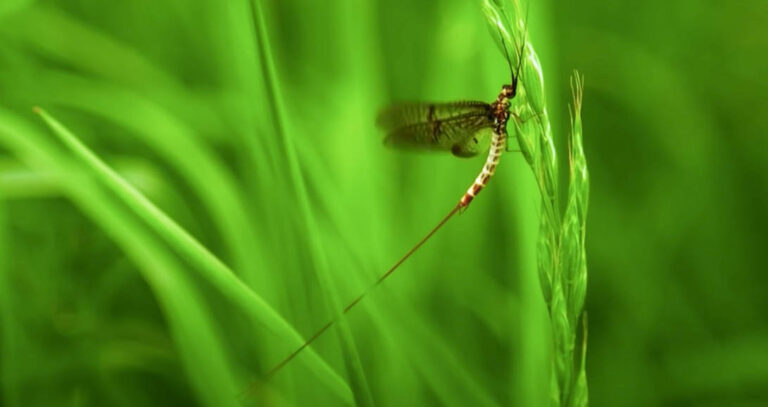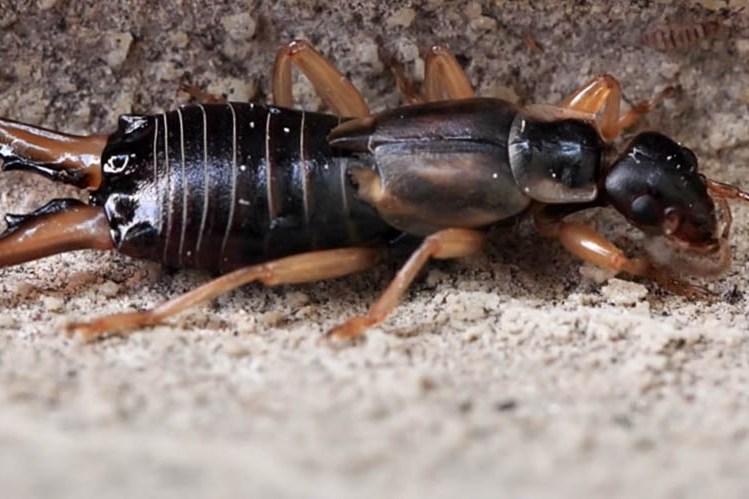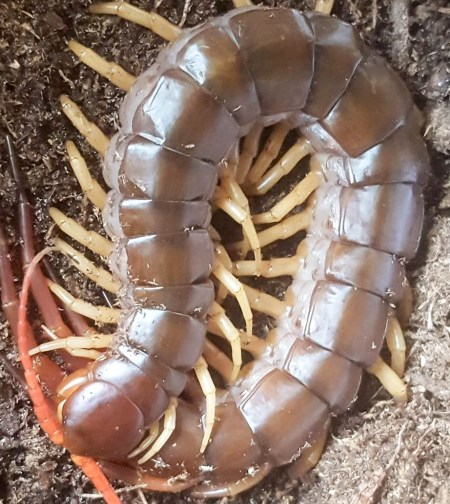About Snails and slugs
About Snails and Slugs
Slugs and snails are two different animals with distinctive features. For instance, slugs are soft- bodied animals with an average length of 25 to 100mm. While snails have hard shells that they tend to withdraw into when external environmental conditions aren’t favorable or there is potential danger lurking around and their size ranges from 1 to 3 inches. Despite being two different animals, these two still share some features. This is why many people find it so difficult to differentiate the two when they see them. Below are some of the features they share
Appearance
Both snails and slugs are plant feeders. They slowly feed on fresh vegetation and without anyone noticing their presence. The ability to blend in with their environment and feed on fresh vegetation complements their inability to move fast. Below are some of the distinctive features of snails and slugs;
- The color of snails and slugs are based on their specie, but their color usually ranges between yellow, green, brown, and black
- Slugs lack the calciferous shell that is usually present in snails
Behavior
Being animals that are highly prone to desiccation, snails and slugs hide in damp places such as under stones, logs planters, low decks, and ground covers to keep their body cool. As a result of their wet nature, they leave slimy trails as they move from one place to another.
Though both snails and slugs feed on the leaves of plants, snails are always on the lookout for food sources that have an abundance of calcium, in order for them to be able to develop their shell.
Snails and slugs also share a similar reproductive habit. Both animals start laying their eggs in the summer and spring in damp places and then cover them up with loose soil. A few days after laying the eggs, they hatch into tiny, immature slugs and snails. The growth and development of these animals continue for months until they are mature enough to reproduce. Under optimal conditions, both snails and slugs live for years.
Habitat
Before snails and slugs decide to inhabit a particular place, the key requirement they always look out for is moisture, since they get adversely affected by direct sunlight. Examples of places you might most likely find these animals include low weeds, fallen logs, underneath rocks, moist plant debris, and many more. In or around your home, snails and slugs will most likely be found in your garden flower pots that are not exposed to direct sunlight and fresh fruit plants.
Damage They Cause
While they are of no direct physical or health danger to humans, slugs and snails can leave irritating slimy trails when they find their way into your home. Outdoors, the damage they are capable of is even more severe. When they infest your flower beds and gardens, these garden pests eat through the leaves of your plants in different patches, causing them to wilt and eventually dry off.

Infestation Signs
The most obvious sign of a snail or slug infestation is the presence of their slimy trails on the surface of plants or the floor in your home. These trails left by these animals remain visible even after days.
How to Get Rid of Them
Unlike other garden pests, getting rid of snails and slugs requires a detailed treatment plan and the treatment has to be an ongoing process to be able to completely eradicate them. Snails and slugs are usually in generations. Even after managing to eradicate the first generation, there is a high possibility that a new generation of slugs and snails will hatch in the next few weeks. To get rid of slugs and snails, you need to start by removing all the lumber and exposing them to direct sunlight, sunning flowering pots, and doing all you can to reduce the moisture in damp areas.
If you find this difficult to do, you can hire a professional to help get rid of these destructive animals. They are in a better position to help you out.
